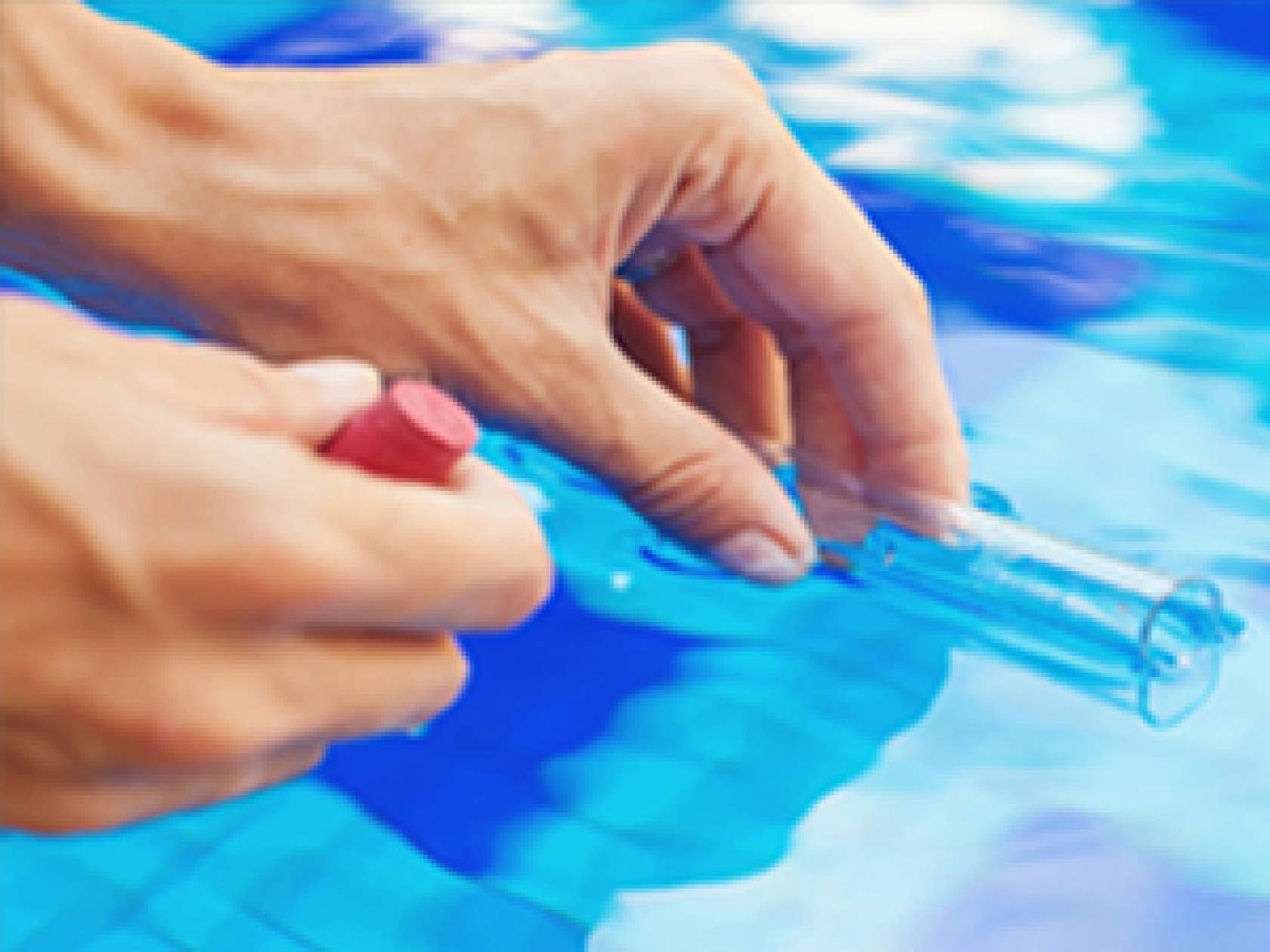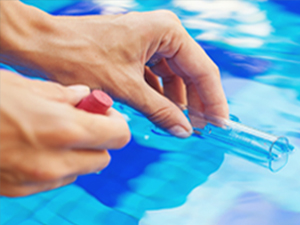Pool Chemical Tips: Total hardness versus calcium hardness

 Calcium levels are an important factor when balancing pool water. Without acceptable levels of calcium, water will try to balance itself by drawing calcium from the walls (in the case of concrete or plaster pools) and from grouting in tiled pools.
Calcium levels are an important factor when balancing pool water. Without acceptable levels of calcium, water will try to balance itself by drawing calcium from the walls (in the case of concrete or plaster pools) and from grouting in tiled pools.
Australian Standards recommend calcium levels (ideal) of 100ppm to 300ppm. Many pool shops and servicemen still use total hardness kits when testing pool water. These kits measure both the calcium and magnesium levels of the water so a reading of 300ppm total hardness may be a combination of 200ppm calcium and 100ppm magnesium – still an acceptable level. This is based on a common assumption of calcium levels being about 2/3 of the total hardness level.
However, the growing popularity of mineral pools may cause significant confusion in the balancing of pool water. Some mineral pool systems may have magnesium levels up to 500ppm. You may get a total hardness reading of say 550ppm but if the shop or serviceman is not aware that it is a mineral pool it may be assumed that the calcium level is about 360ppm when in fact it may be only 50ppm.
If not corrected this may lead to significant corrosion of the pool surface. Always ask if the pool is a magnesium-based mineral pool. If this is the case, the simplest method of calculating actual calcium hardness is to conduct a calcium hardness titration test. This is the only accurate method of measuring the calcium hardness level.
These tips are supplied by pool industry pioneer and chemistry expert David Lloyd. For more information on this or any other technical enquiries call International Quadratics on (02) 9774 5550.




